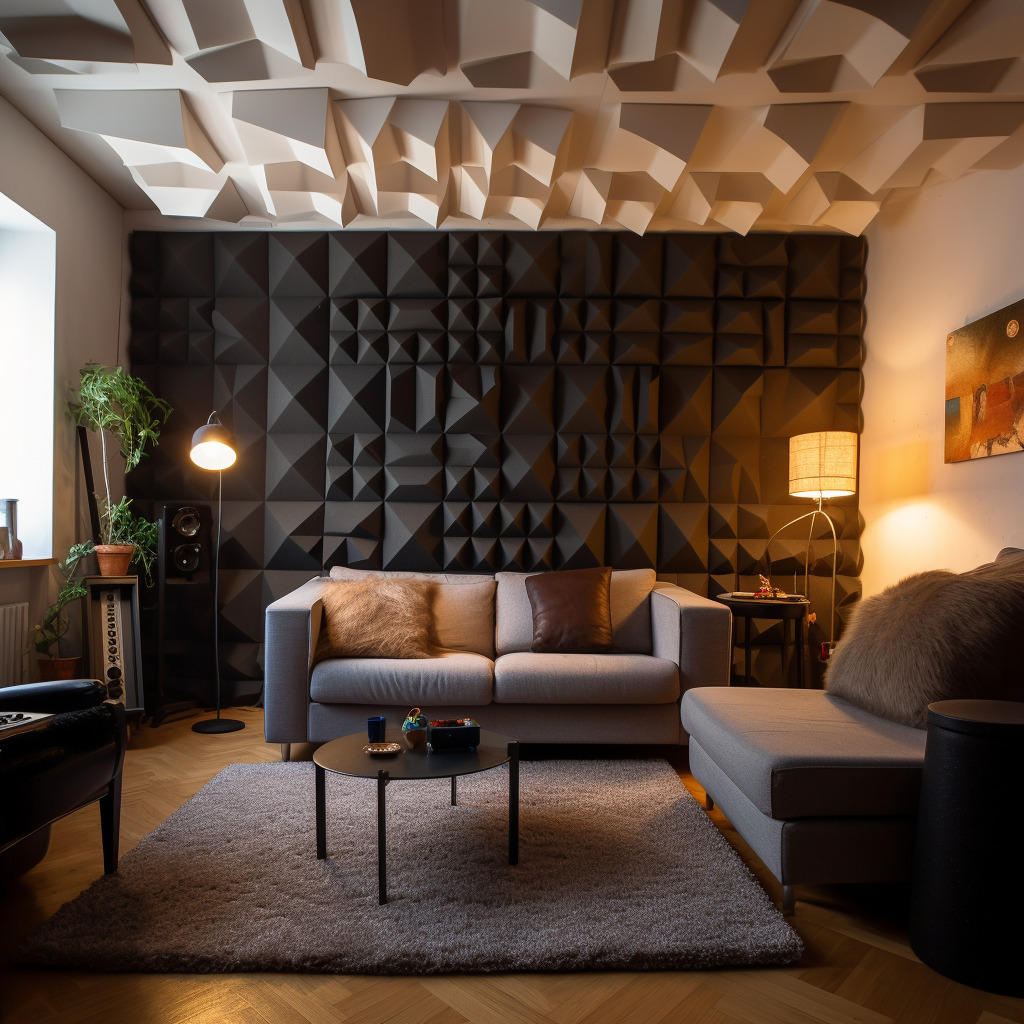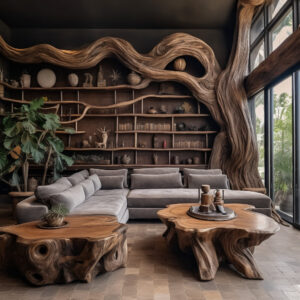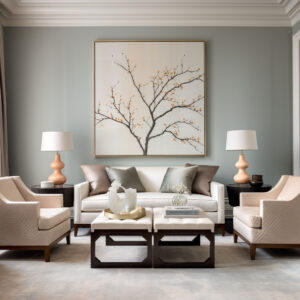Soundproofing Solutions for a Quiet Home
Introduction
In today’s fast-paced world, the serenity of your living environment is not just a luxury but a necessity for mental well-being and productivity. Whether it’s the clamor of city life, the buzz of nearby traffic, or simply the cacophony of daily household activities, noise can be an unwelcome guest in any home. As we become more cognizant of the benefits of a tranquil space, soundproofing solutions emerge as a critical component of contemporary interior design. Blending aesthetic charm with the practicality of a quiet haven, soundproofing your home delivers an oasis of calm in an otherwise noisy world.
Key Elements of Interior Design
To create a harmonious and well-balanced space, interior design integrates several key elements that can dramatically alter the ambiance of your home. Let’s delve into these indispensable components:
- Color Palettes: Colors have a profound impact on our mood and perception of space. The right combination can visually enlarge a room, evoke serenity, or inject vibrancy.
- Furniture Arrangement: Strategic positioning of furniture can optimize flow, functionality, and visual appeal while also influencing the acoustics of a room.
- Lighting: Lighting sets the mood, influences color perception, and can even affect the perceived temperature in a room. It’s essential for both function and ambiance.
-
Accessories: Artwork, rugs, and decorative items not only add personal flair but can also serve sound-absorbing purposes, contributing to a quieter environment.
-
Textures and Fabrics: Variety in textures can enhance visual interest and also play a role in soundproofing. Soft fabrics and textiles absorb sound, reducing echoes and noise levels.
-
Technology: Integrating smart technology not only streamlines everyday life but can also offer advanced soundproofing capabilities, such as noise-cancelling systems.
Tips for Soundproofing Solutions
When curating a home that embodies both style and silence, consider these tips to address soundproofing within your interior design:
- Consider the Layout:
- Optimize the arrangement of rooms by placing noisier areas (like entertainment rooms) away from quieter zones (such as bedrooms).
- Select the Right Materials:
- Utilize heavy curtains, plush rugs, and upholstered furniture that can absorb sound.
- Consider acoustic panels or wallpapers that are specifically designed to dampen noise.
- Incorporate Soft Furnishings:
- Pillows, throws, and tapestries can add an element of softness to interiors, both visually and acoustically.
- Seal the Gaps:
- Use weather stripping and door sweeps to seal any gaps where sound can travel through, especially in older homes with less insulation.
- Invest in Quality Windows:
- Double-glazed or triple-glazed windows can significantly reduce external noise penetrating the home.
- Leverage Bookshelves and Cabinets:
- A well-filled bookshelf or cabinet can act as an effective sound barrier when placed against shared or external walls.
FAQ about Soundproofing Solutions
Question 1: How can I soundproof a room without compromising on style?
– Answer: Soundproofing doesn’t have to detract from your home’s aesthetics. Utilize stylish elements such as thick drapes, large canvas artworks, or decorative acoustic panels that blend seamlessly with your decor.
Question 2: Are there any natural materials that help with soundproofing?
– Answer: Absolutely! Natural materials like wool, cork, and bamboo have inherent sound-absorbing qualities. Incorporate these into your flooring, wall coverings, or as part of your furniture pieces.
Question 3: Is it essential to soundproof every room in the home?
– Answer: Not necessarily. Focus on regions where peace is paramount, like bedrooms or study areas. However, implementing a few soundproofing strategies throughout your home can improve overall acoustics.
Question 4: Can plants contribute to soundproofing?
– Answer: Plants can act as natural sound diffusers. Adding a variety of plants, especially large leafy ones, can help to dissipate sound waves, resulting in a quieter space.
Question 5: How do I balance soundproofing in an open-plan living area?
– Answer: Open plans can challenge sound control. Use area rugs, bookcases, and freestanding screens to create zones, reduce echoing, and absorb sound. Thoughtfully placed décor and furnishings can mitigate noise without sacrificing the spacious feel.
As we’ve discovered, soundproofing your home enhances both comfort and style. By skillfully integrating soundproofing solutions into your interior design, every element from color to fabric selection can contribute to a tranquil haven that is as easy on the eyes as it is on the ears. Embrace the quiet with soundproofing solutions that don’t just mute the noise, but elevate your living experience.




